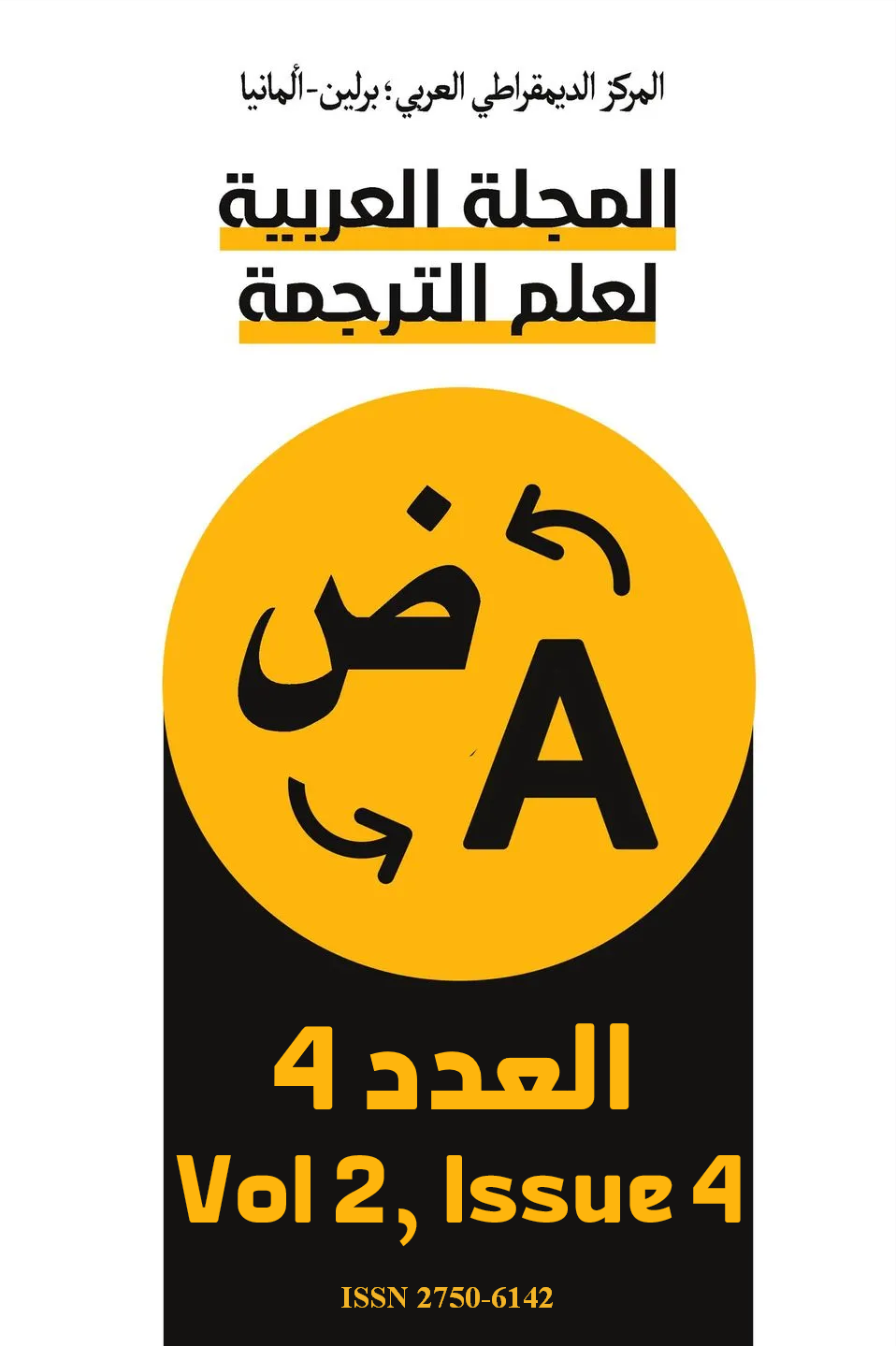Semantic Difficulties in Translation between Chinese and Arabic
DOI:
https://doi.org/10.63939/AJTS.0z7a0529Keywords:
Semantic Difficulties, Chinese, Arabic, Translation, TerminologyAbstract
In accordance with the process of language development and the study system of second language, translation occupies a significant place, and considered as an indispensable part in knowledge communication and foreign languages teaching in Chinese Universities and Institutes, especially after the Chinese government proposed The "Belt and Road" initiative which relies on the intensive exchanges and communications between China and Arab countries in politics and culture and economy and commerce in the contemporary era, Chinese –speaking Arabic translators in the institutions and executive departments and universities play the role of language bridge in the exchanges and communications above, therefore ,their skills in translations between Chinese and Arabic is very important in cultural communications. However, the Arabic teaching in Chinese universities is almost limited to remembering the words and phrases and structures and then editing and translating it, which would impair the most of Chinese-speaking translators’ ability in translation while they are transferring Arabic to Chinese, then it will lead to problems and misunderstanding during exchanging views with the Arab in discussion, because they do not understand the process and objectives and techniques of translation.
Downloads
Downloads
Published
Issue
Section
License

This work is licensed under a Creative Commons Attribution-NonCommercial 4.0 International License.
As an open-access the journal follows the CC BY-NC 4.0 Attribution-NonCommercial 4.0 International which states that:
- you are free to:
- Share— copy and redistribute the material in any medium or format.
- Adapt— remix, transform, and build upon the material.
- Under the following terms:
- Attribution— You must give appropriate credit, provide a link to the license, and indicate if changes were made. You may do so in any reasonable manner, but not in any way that suggests the licensor endorses you or your use.
- NonCommercial — You may not use the material for commercial purposes.
- No additional restrictions — You may not apply legal terms or technological measures that legally restrict others from doing anything the license permits.












